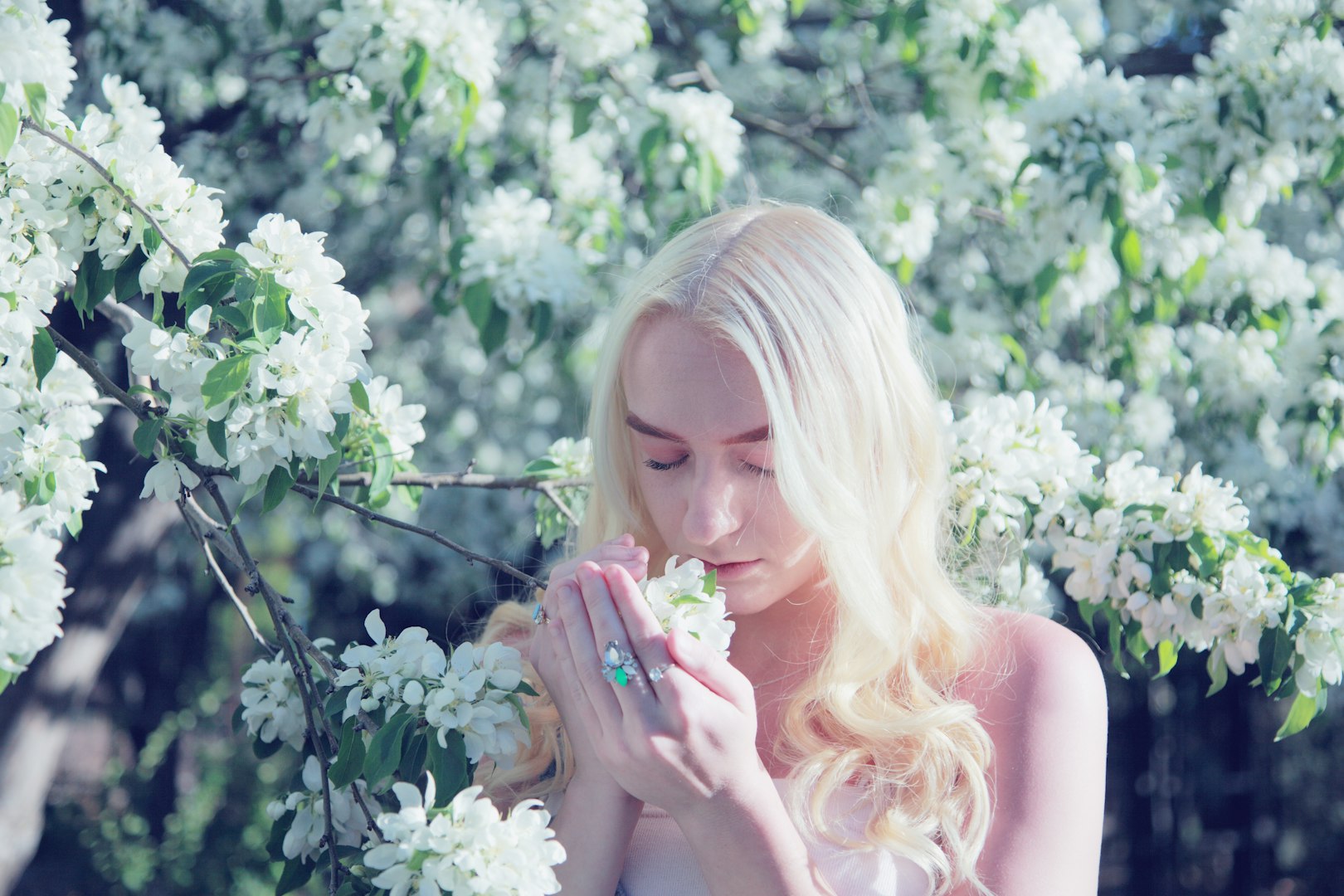Lauren Boasberg, LMFT
Nature and the positive effects it has on the brain
As far back as I can remember I have always loved nature. Trees, plants, flowers, grass. I love being an active part of helping them grow and attuning to their every needs. I had no idea just how healing nature was for me until I had experienced a traumatic event. I noticed something quite interesting one day. I had been feeling disconnected and numb, had brain fog and low energy. I somehow gathered enough energy to go outside in my garden. I put my feet on the grass and looked at my roses. The minute I felt the cool air on my face and the sun beaming on my cheeks I snapped back into my body. It was as if someone wrapped a warm cashmere blanket around me and then kissed me on my cheek. Suddenly I felt alive again and part of the world, connected to every living being and micro organism. I could only feel serenity, and I wanted more! I was eager to understand how I could go from feeling numb to alive in a few minutes.
I happened upon a research study by the University of Wisconsin School of Medicine and Public Health, they found that spending time in nature helped people leave stress behind and focus on simpler, more refreshing thoughts. This gives the brain – like our bodies – a chance to unwind. A South Korean study found that simply having a view of a forest from office windows improved job satisfaction and lowered workday stress. Breathing fresh air can raise levels of oxygen in your brain, which in turn boosts the levels of serotonin, a neurotransmitter that alters your mood. A Stanford University study found that walking in nature could lower the risk of depression. These results suggest that going for a walk in nature can have salutogenic effects on stress-related brain regions, and consequently, it may act as a preventive measure against mental strain and potentially disease. Research has shown that exposure to green spaces, whether in the form of lush forests or urban parks, can have a profound calming effect on our minds. It has been associated with reduced stress levels, improved mood, and increased relaxation. Furthermore, studies have also linked the color green to enhanced cognitive function, creativity, and overall psychological wellbeing. Research suggests that people working in green environments are more focused, less fatigued, and more innovative. This can be especially beneficial for those struggling with mental health challenges.
After reading all of these research findings correlated to nature and the positive effects it has on ones mental and emotional health it all made sense to me. Now I try to get outside as much as possible. I prune, water, transplant, feed, touch and smell my plants, tress, flowers and grass. I connect with nature every chance I get. Have you been outside today? Have you planted anything lately? When is the last time you stopped and smelled a rose or hugged a tree? I hope you make the time to connect with nature, it is free and has so many positive health benefits.


